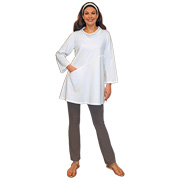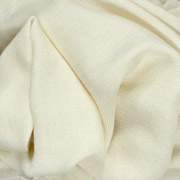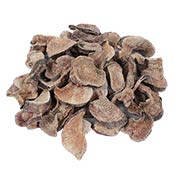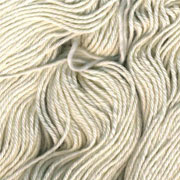Mending is the process of fixing and patching clothing items to extend their life and usability. While there have always been people that mend their clothing, the practice became less common as, thanks to manufacturing, clothing became cheaper and easier to replace than fix.
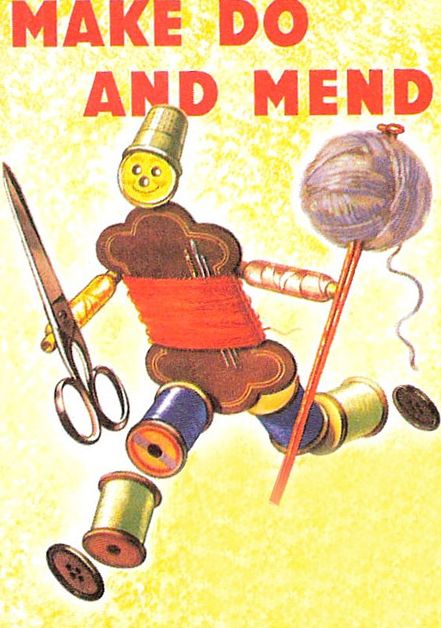
During World War II, many countries had strict limits on the amount of cloth or clothing you could purchase. This made good mending skills extremely important. Trade committees devised campaigns to encourage and teach mending with booklets and pamphlets, such as Make Do and Mend, put out by the English Ministry of Information in 1943 and Make Mend For Victory, published in New York by Spool Cotton Co. in 1943 here in the USA. Of course, once restrictions were lifted, slowly, over time, mending became less common again.
These days fast fashion has made inexpensive clothing very easy to find, and the skills of basic sewing and mending are not as common. But that has started to change. More of us are becoming aware of the impact of fast fashion and how little space we have left in our closets. Not to mention the environmental impact, which is almost at crisis levels in some countries, of all the used clothing going to the landfills. Others want to keep a favorite garment going for a while longer and many are also beginning to realize the potential for mending to add to the aesthetic of a garment, making mending a creative process. Katrina Rodabaugh explores the creative side of mending in her fabulous new book Mending Matters.
Many modern menders are finding inspiration in the traditions of mending from other cultures. The Japanese traditions of Sashiko embroidery and patched Boro clothing have been very influential in the aesthetic being developed by those that practice "visible mending". Instead of trying to make their clothing look like new, they are intentionally working with mixed fabrics and threads to create interesting items that may have started out as off-the-rack clothing but become custom, one-of-a-kind looks.
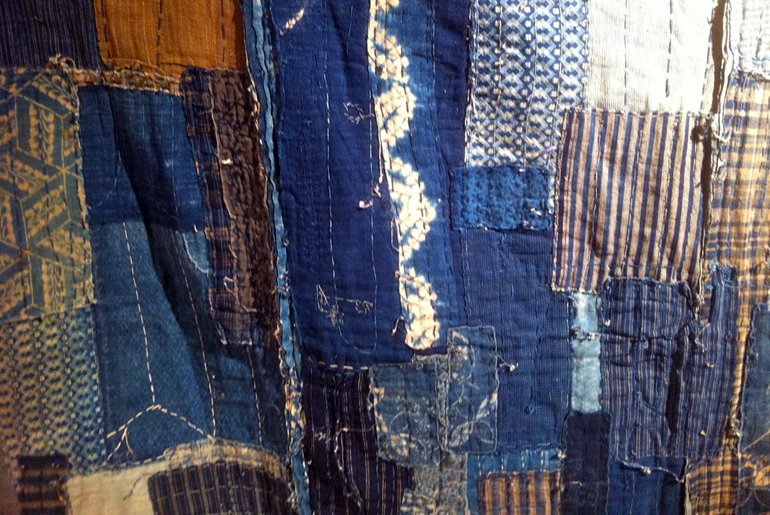 Example of Boro Cloth
Example of Boro Cloth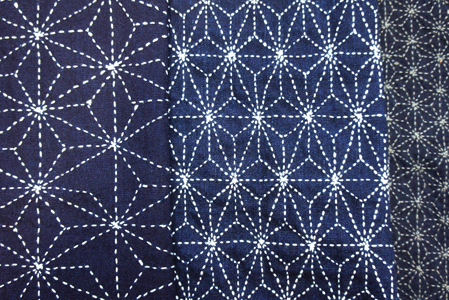 Examples of Sashiko Embroidery
Examples of Sashiko EmbroideryIn India, women use old saris to make Kantha Cloth or quilts, stitching them in layers with bold quilting to turn them into beautiful blankets and pads. Re-using clothing in quilts is a tradition that is common around the world. The quilters of Gee's Bend are famous here in the USA for their bold colorful quilts that made use of old clothing and textiles.
Clearly, mending is a way to not just fix your favorite jacket but to create something new and unique, to the point it can really become up-cycling. We hope this inspires you to look at your wardrobe in a whole new way. Perhaps it is time to dye up some embroidery thread or make some patches with your ice dyed fabrics!
Resources:
- All About Boro - The Story of Japanese Patchwork. Heddles.
https://www.heddels.com/2015/08/all-about-boro-story-japanese-patchwork/ - Make Mend For Victory. Spool Cotton Co. New York, NY. 1942.
https://archive.org/details/MakeMendForVictory/page/n5 - Make Do and Mend. English Ministry of Information. 1943
https://drive.google.com/file/d/0Bx6iRxpwW9yyY3h2S3RtbGwxd1U/view - Mending Matters - https://www.dharmatrading.com/books/mending-matters.html




